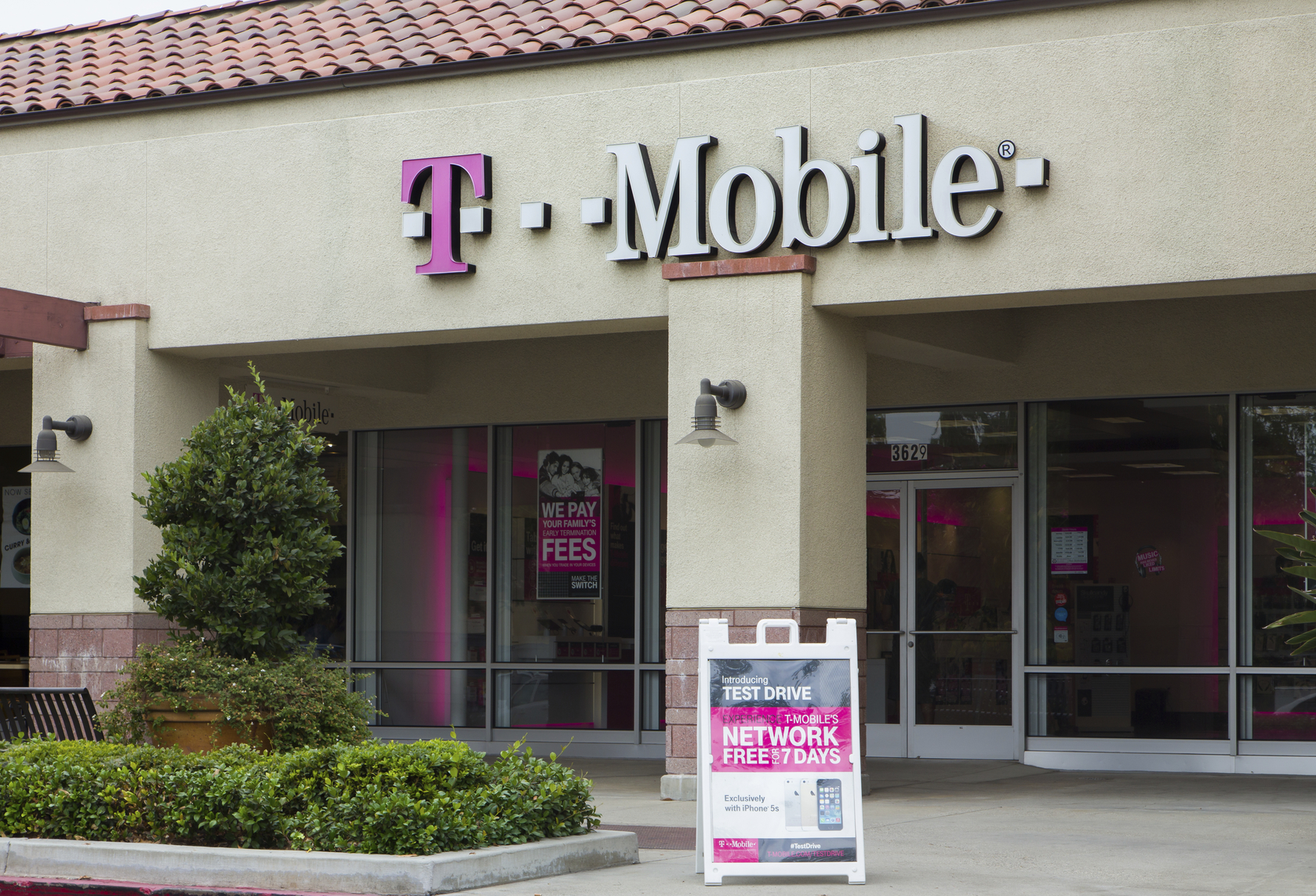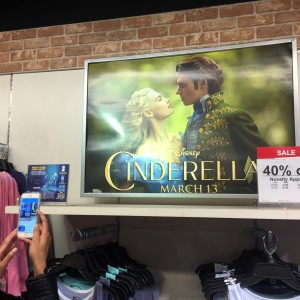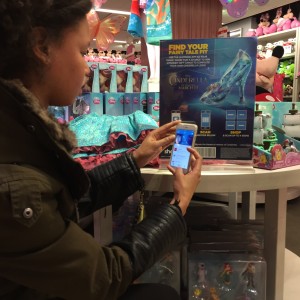What Happened
Starbucks added a new feature in its mobile app to make its already-popular rewards program more addictive. Aptly named Bonus Star Bingo, this new feature adds a gaming twist to its mobile rewards program, prompting customers to fill out their bingo cards by using the mobile app to pay for purchases at specific times of the day or for specific items to win more “stars”, which is what Starbucks’ rewards points are called. Customers can win up to 300 stars for filling out the entire virtual bingo card. To promote the launch, the national coffee chain also launched a standalone site to demonstrate the game as well as a social media campaign with sponsored posts and a #BonusStarBingo hashtag.
What Brands Need To Do
This smart addition should help Starbucks continue to fuel its growth in mobile ordering, which accounted for 7% of all transactions in the last quarter. By making a game out of mobile purchases and earning reward points, Starbucks introduces strong incentives for customers to make repeated purchases and boost mobile app usage. This new feature should serve an inspiration for brands looking to more effectively engage their customers on mobile and revamp their rewards program to boost sales. CPG and QSR brands, in particular, should consider tying purchases to a reward program that is easily accessible and manageable on mobile and making it fun and interactive by adding game-like features.
Source: Mobile Commerce Daily






